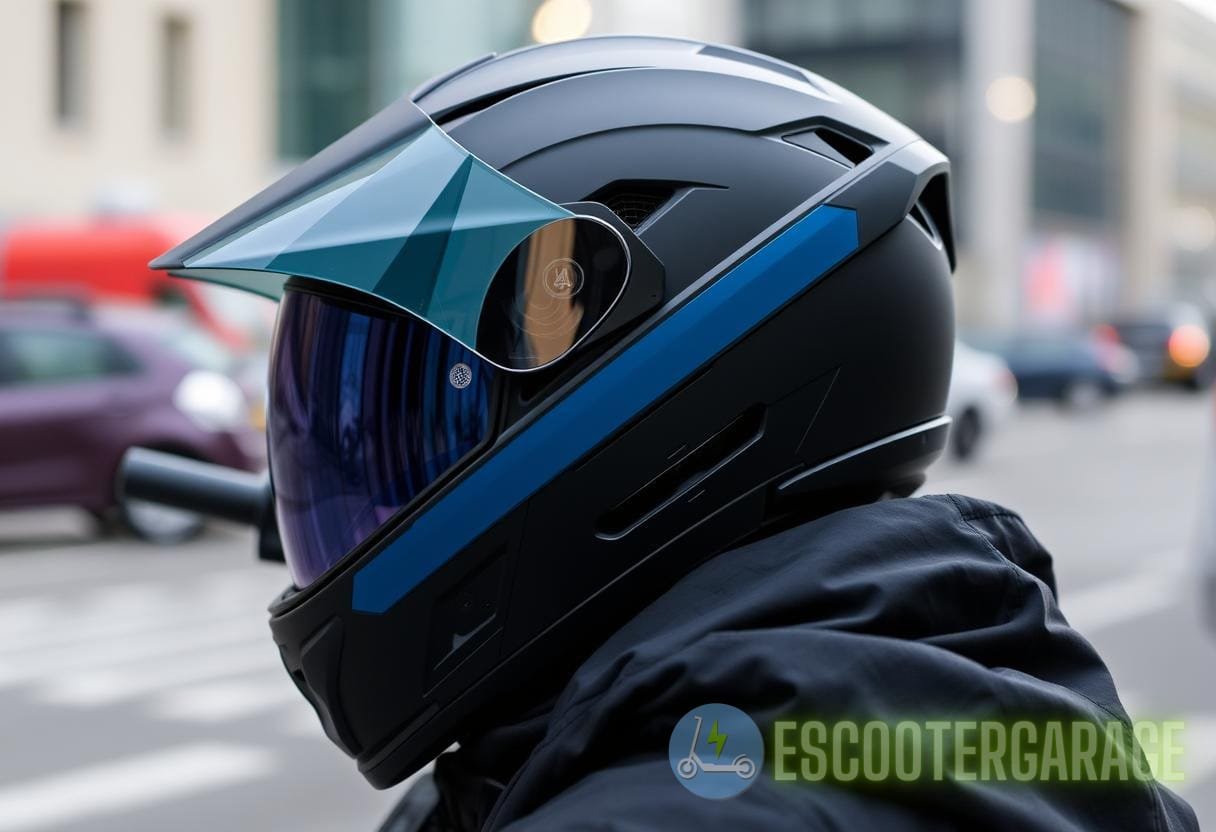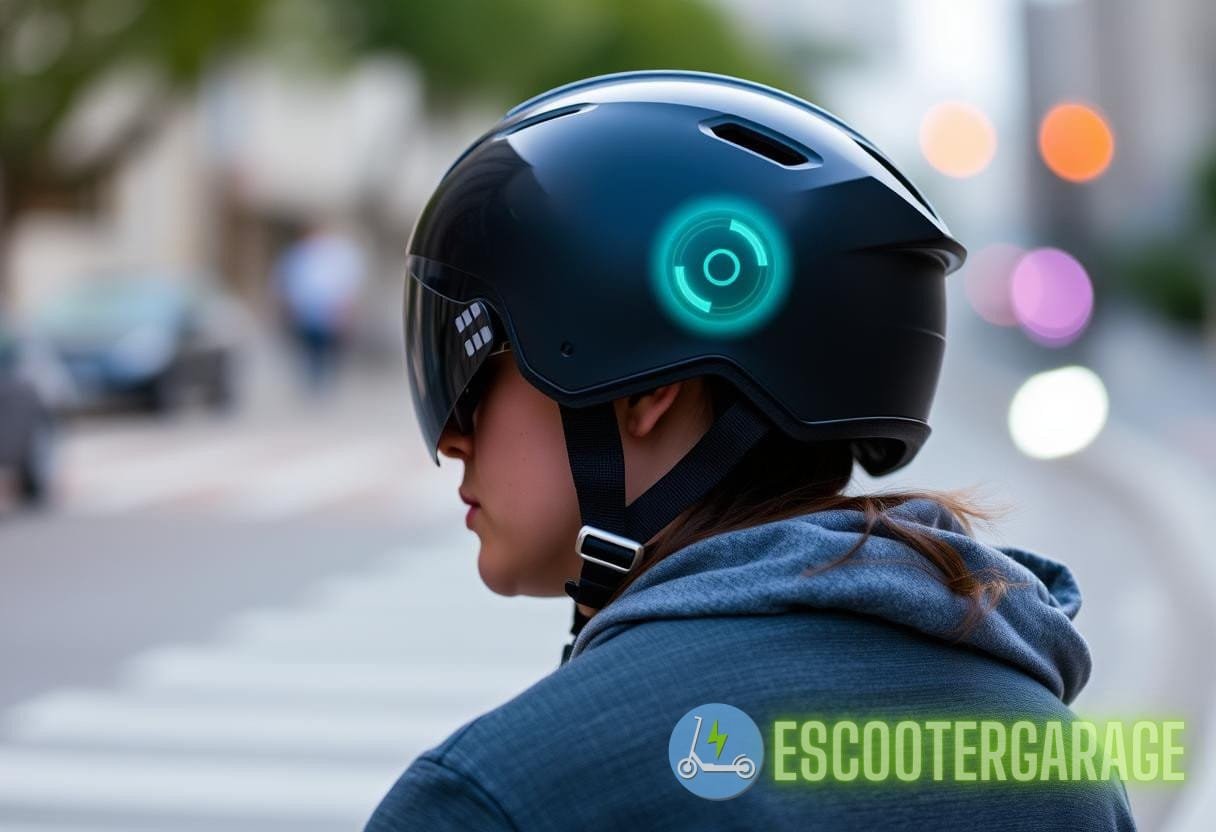Integrating Wearable Technology: The Future of Real-Time Safety Monitoring in eScooter Helmets
In recent years, the eScooter market has seen an exponential rise in popularity, presenting both the potential for a more eco-friendly transportation method and significant safety concerns. Helmets play a vital role in reducing head injuries among riders, but traditional designs offer limited features regarding safety monitoring. Enter the realm of wearable technology, where smart helmet safety is at the forefront of innovation.
The Necessity of Safety Gear in eScooter Use
The increasing usage of eScooters raises urgent safety considerations. In urban areas, eScooter accidents have surged by approximately 200% over the past five years, as highlighted by a study conducted by the Journal of Safety Research. Among these, head injuries accounted for nearly 30% of the total injuries reported. The necessity for more effective safety gear, such as smart helmets, has never been clearer.
- Enhancing visibility: Many smart helmets come equipped with integrated lights to improve rider visibility.
- Real-time health monitoring: Sensors that track rider vitals and detect falls.
- Navigation assistance: GPS-enabled features to help riders find safe pathways.
The Role of Wearable Technology in Helmet Safety
Smart helmets are equipped with various technologies that collectively contribute to enhanced safety. These technologies not only monitor external conditions but also provide valuable data regarding the rider’s health and readiness to ride.
- Impact Sensors: These sensors can detect the severity of a fall, alerting emergency contacts and services instantly.
- Bluetooth Connectivity: Riders can receive navigation prompts or emergency alerts directly to their helmet.
- Health Monitoring: Some helmets can monitor heart rates or other physiological markers to ensure riders are in a safe condition to ride.
Benefits of Smart Helmet Safety Technology
The integration of wearable technology into helmets presents numerous advantages that can ultimately lead to safer riding experiences. Here are some of those benefits:
- Enhanced Communication: Many smart helmets allow for hands-free communication, keeping the rider connected without distracting their focus on the road.
- Data Tracking: In case of an accident, collected data can be invaluable for medical professionals for immediate assessment.
- Improved Emergency Response: Real-time accident alerts can expedite emergency response time significantly, which is critical in life-threatening situations.
How Smart Helmet Safety Works
Smart helmets function through various integrated technologies, which enable not just safety features but also a more enjoyable riding experience. Here’s how:
1. Sensors and Monitoring Systems
Wearable technology in smart helmets generally includes a variety of sensors that actively monitor for issues:
- Gyroscope and Accelerometers: These are used to detect falls and crashes in real-time, providing immediate alerts.
- Heart Rate Monitors: By tracking the rider’s heart rate, the helmet can assess whether the individual is physically fit to ride.
2. Data Transmission
Once data is collected, it’s transmitted via Bluetooth to connected devices, such as smartphones. This allows riders to receive notifications and keep track of their riding patterns.
3. Emergency Services Integration
Some advanced models of smart helmets can contact emergency services automatically when a severe impact is detected. For instance, the Livall smart helmet does this by sending GPS coordinates along with a distress signal.

Real-World Examples: Success Stories in Smart Helmet Safety
Many companies have recognized the urgent need for enhanced safety through technology, leading to a range of innovative helmets hitting the market.
Case Study: Sena Technologies
Sena Technologies has developed the Momentum Smart Helmet, featuring integrated Bluetooth communication systems. Using its functions, riders can maintain a hands-free phone conversation, control music, and receive navigational prompts. With its fall detection feature, it ensures that emergency contacts are communicated with in the event of a serious incident.
Case Study: Vcan
Vcan’s smart helmets are equipped with cutting-edge technologies such as voice command, GPS navigation, and emergency contact alerts. In user feedback, a significant portion of riders noted a feeling of increased safety while using these helmets due to features that promote awareness and connectivity. This directly ties back into the ongoing theme of smart helmet safety.
Challenges and Considerations
While the integration of wearable technology offers numerous benefits, it also comes with challenges. Understanding these hurdles is important for effective development and use.
- Cost: The advanced technology in smart helmets can lead to higher prices, which could hinder widespread adoption.
- Battery Life: Many of the features rely on battery power, and a depleted battery can disable critical safety functions.
- User Acceptance: Some riders may be resistant to adapt to new technology due to unfamiliarity or lack of understanding of its benefits.
Standards and Regulations for Smart Helmets
As the smart helmet industry evolves, so too do the standards and regulations overseeing them. Organizations such as the National Highway Traffic Safety Administration (NHTSA) and the Insurance Corporation of British Columbia (ICBC) have been integral in establishing guidelines that ensure safety and performance in protective gear.
The American National Standards Institute (ANSI) has also laid out certification requirements to maintain quality and safety. It’s essential for manufacturers to comply with these regulations for their products to be deemed reliable.
The Future of Smart Helmets and Wearable Technology
The future of smart helmets appears promising, particularly as technology continues to advance. Research and development are increasingly focused on optimizing the user experience while enhancing safety features.
- Artificial Intelligence: AI could revolutionize smart helmets, allowing for more personalized features and improved data processing.
- Cloud-Based Services: By storing information on the cloud, riders could access historical data about their routes, speeds, and health analytics.
- Integration with Other Vehicles: Eventually, smart helmets may be capable of communicating directly with eScooters and other vehicles to enhance overall road safety.
Leveraging Data Analytics for Enhanced Safety
Data analytics plays a crucial role in the continuous improvement of smart helmet safety technology. By analyzing riding trends and accident data, manufacturers can design helmets that respond better to common challenges faced by riders. A report from the Institute for Injury Prevention underscores how data-driven insights could guide public policy on safe riding practices.
Conclusion: The Road Ahead for Smart Helmet Safety
Integrating wearable technology into eScooter helmets serves to revolutionize safety standards among riders. With the potential for real-time safety monitoring, advanced communication, and health tracking, smart helmets are set to become a fundamental component of eScooter safety gear. The collaboration between technology developers, manufacturers, and safety regulatory bodies will be essential in paving the way for widespread acceptance and use of smart helmets in the future. As advancements continue, it is crucial for riders to stay informed and consider the impact of smart helmet safety on their own riding practices.



